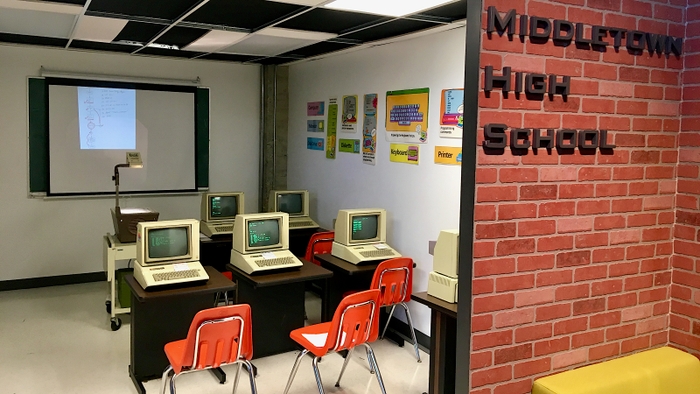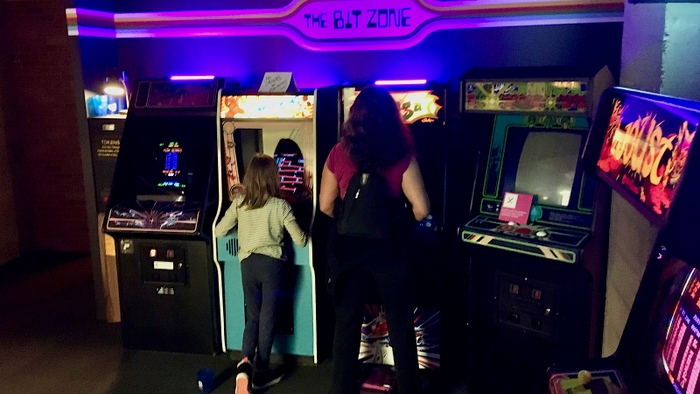The Irreplaceable Artifacts of the Living Computers Museum Go to Auction
Sep 05, 2024
The Irreplaceable Artifacts of the Living Computers Museum Go to Auction
Late Microsoft co-founder Paul Allen engaged in a variety of passion projects with the money gained from Microsoft DOS and Windows, including ownership of Seattle-area sports teams and his rocket company, Vulcan Aerospace.
He also sought to build a lasting tribute to the computer industry that made his wealth possible, opening the Living Computers: Museum+Lab in Seattle in 2012 to showcase the amazing collection of significant vintage computers he’d collected. Others soon donated more equipment, excited to find a home where their old treasures could be preserved and appreciated by like-minded enthusiasts.
As with the rest of Allen’s empire, however, the Living Computers Museum’s inventory is scattering to the four winds in the wake of his 2018 death, as his heirs haven’t been as enthusiastic about preserving this part of history. The museum closed for the Covid-19 pandemic and never reopened.

The Living Computer's '80s basement diorama accurately captured the essence of a vintage digital hangout. DAN CARNEY
Fortunately, I had the opportunity to visit the museum in 2018, when it featured an exhibit on the 1980s computer scene, with three vignettes depicting a stereotypical ‘80s suburban basement rec room, an ‘80s high school computer lab, and an ‘80s videogame arcade.

Just like my own high school, the fictitious Middletown High School's computer lab is equipped with period Apple II PCs. DAN CARNEY
The basement was outfitted with a Tandy PC, JVC stereo with record collection, and a CRT television with an Atari 2600 video game system and a Nintendo Entertainment System connected. The arcade contains classic machines such as Tempest, Donkey Kong, Galaga, Centipede, and Joust, plus a token dispenser for playing the games. The classroom contained two rows of desks equipped with Apple II computers and written instructions for visitors to write their own brief BASIC program along with a few steel lockers for atmosphere.
Related:National Videogame Museum Highlights Origins of Video Games

Former video arcade rats will recognize all of the games in the museum's exhibit. DAN CARNEY
During that visit, I was also able to see the museum’s star artifacts, a Cray-1 supercomputer and a Xerox Alto networked microcomputer with its pioneering mouse, graphical user interface, and vertically oriented display.

Seymour Cray's original supercomputer, the Cray-1, on display at the museum. DAN CARNEY
It is a loss for the industry and culture to lose the museum, which will result in many of its objects dropping out of public view. But you can have these things for yourself to view whenever you want, if you bid in Christie’s online auction of the museum’s contents. Click through the slideshow for a look at some of the most interesting items.